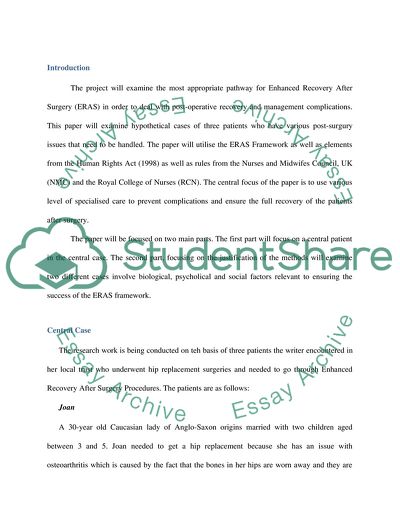Cite this document
(The Application of the Enhanced Recovery after Surgery System to Real Case Study, n.d.)
The Application of the Enhanced Recovery after Surgery System to Real Case Study. Retrieved from https://studentshare.org/medical-science/1834690-enhanced-recovery-after-surgery-eras-pathway-nursing-pathway
The Application of the Enhanced Recovery after Surgery System to Real Case Study. Retrieved from https://studentshare.org/medical-science/1834690-enhanced-recovery-after-surgery-eras-pathway-nursing-pathway
(The Application of the Enhanced Recovery After Surgery System to Real Case Study)
The Application of the Enhanced Recovery After Surgery System to Real Case Study. https://studentshare.org/medical-science/1834690-enhanced-recovery-after-surgery-eras-pathway-nursing-pathway.
The Application of the Enhanced Recovery After Surgery System to Real Case Study. https://studentshare.org/medical-science/1834690-enhanced-recovery-after-surgery-eras-pathway-nursing-pathway.
“The Application of the Enhanced Recovery After Surgery System to Real Case Study”, n.d. https://studentshare.org/medical-science/1834690-enhanced-recovery-after-surgery-eras-pathway-nursing-pathway.


